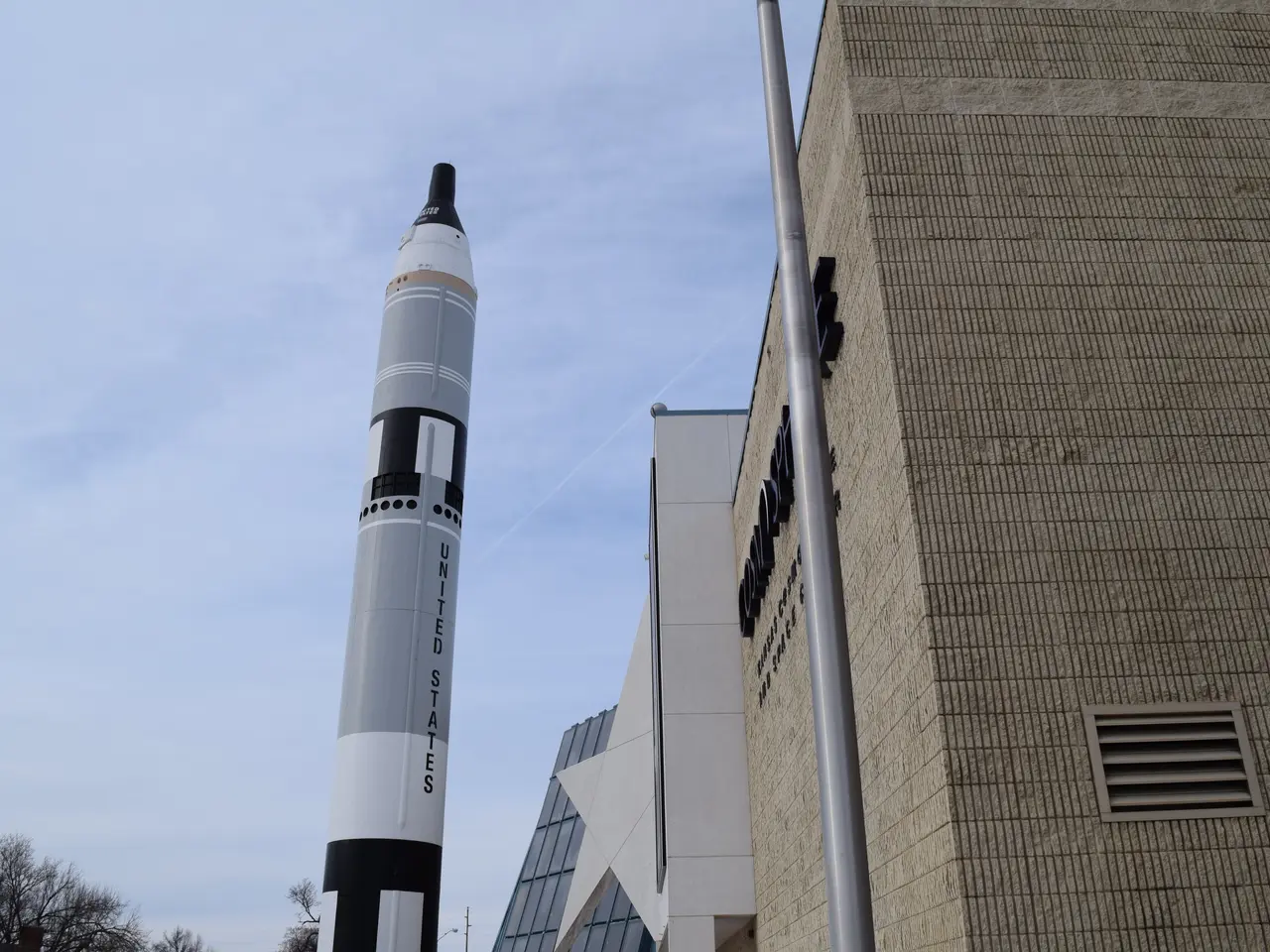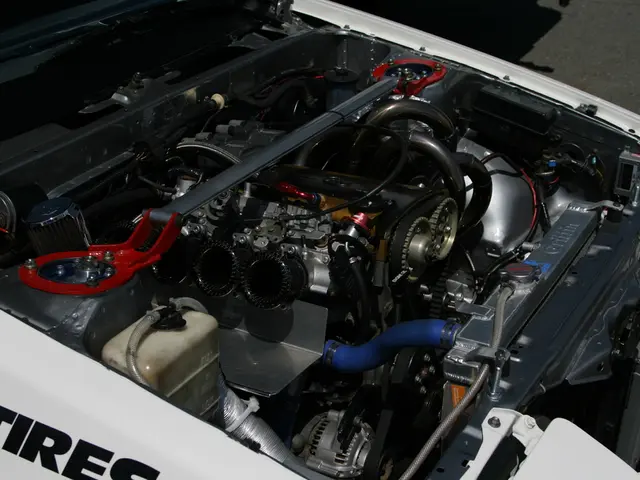Space travel's future may lie in orbital refueling, a challenging endeavor yet to be mastered
The United States is turning an old nuclear site into a polysilicon hub, aiming to produce 11 GW of solar cells yearly. This is just one of the many advancements in space technology, as the world is gearing up for a new space age.
One of the most challenging hurdles in space exploration is orbital refueling. This process, which involves keeping fuel in a liquid state in the vacuum of space and coordinating multiple tanker spacecraft to rendezvous and transfer propellant reliably, is complex due to challenges such as cryogenic fluid management, precise docking, and maintaining spacecraft attitudes and thermal conditions.
Achieving orbital refueling would dramatically expand the range and payload capacity of space missions. It would enable spacecraft to launch with less fuel and then refuel in orbit before heading to the Moon, Mars, or beyond. This reduces the need to carry all the mission propellant from Earth, cutting launch mass and cost, and allows spacecraft like SpaceX’s Starship to carry heavier cargo or crew on deep-space voyages that require significant delta-v (change in velocity).
For missions to the Moon and Mars, orbital refueling supports sustainable exploration architectures. It could be combined with in-situ resource utilization (ISRU), like producing fuel from lunar or Martian materials, to create a continuous supply chain. For Mars, refueling in orbit before the long transit means spacecraft can maximize their payload and use locally manufactured methane and oxygen propellant via processes like the Sabatier reaction, supporting return trips and reducing mission risk. Beyond Mars, orbital gas stations would enable interplanetary travel with refueling stops, greatly increasing mission flexibility and feasibility for crewed deep-space exploration and habitation.
However, the hardest part of orbital refueling might be the logistics of launching close to 20 Starship back-to-back. SpaceX had hoped to perform an in-orbit refueling test this year, but Elon Musk believes the company will achieve the feat and "rapid reusability" next year. NASA and the Government Accountability Office (GAO) have rejected Musk's claim, stating it will take many more launches to refuel Starship between 17 and 19.
Meanwhile, other developments in space technology are progressing. China has unveiled a space-debris catcher with possible military use, a bionic antelope robot to observe endangered Tibetan species, and a humanoid robot, MagicBot, capable of pulling 551 pounds with ease. China's Shijan-21 mission has ignited a new space race, with the US Space Force gearing up to perform a milestone mission of its own.
In addition, a new contactless levitation system has been developed to move delicate components with high precision, a new high-strength plastic has been developed that promises endless recycling without losing quality, and a new hot-cold design makes solar thermoelectric power generation 15x more efficient.
As we venture further into space, the challenges and opportunities are immense. But with advancements in technology and determination, the future of space exploration looks bright.








